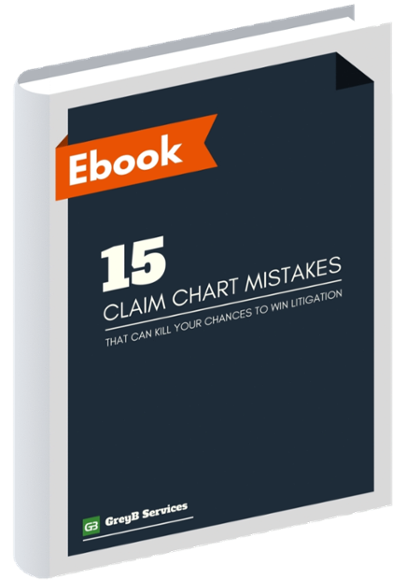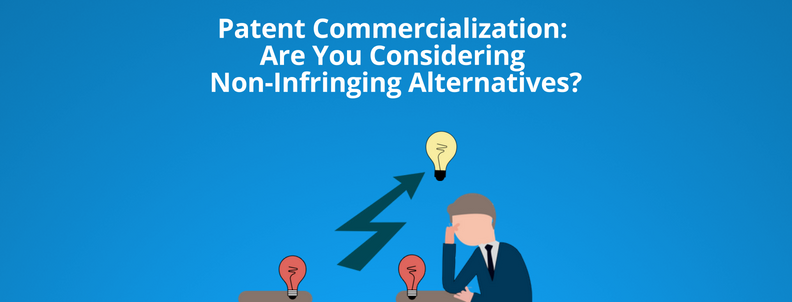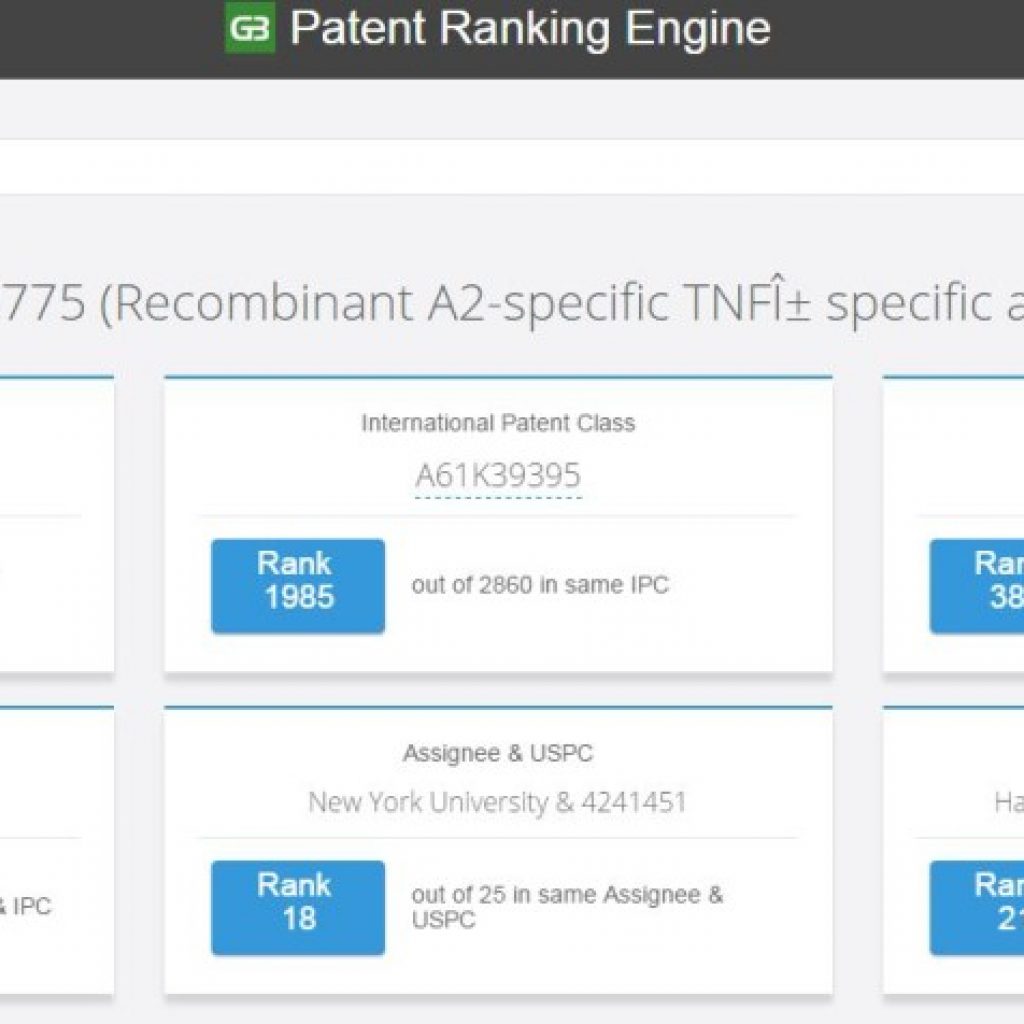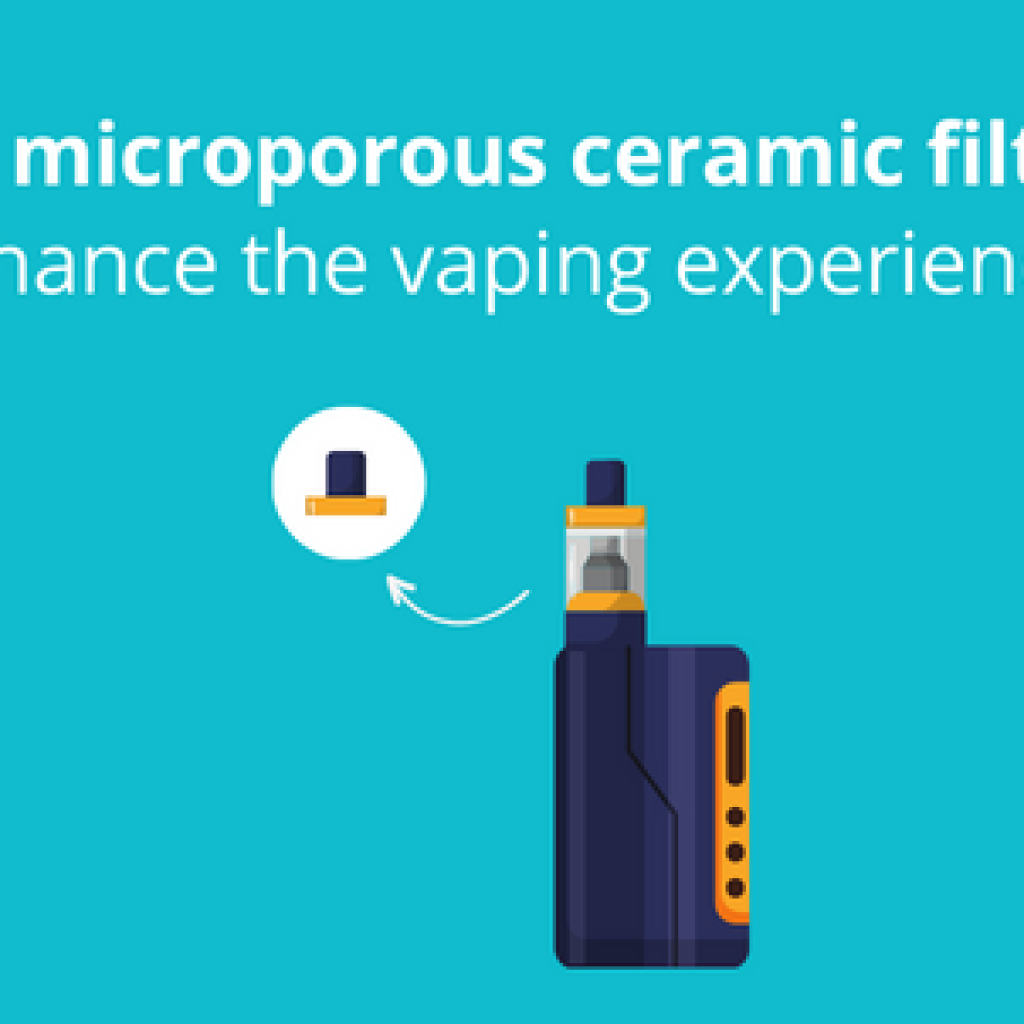Often, parties involved in patent infringement lawsuits are either unaware or they often fail to consider non-infringing alternatives. However, non-infringing alternatives could be a game-changer during litigation, as it has the potential to cut down royalty costs and could often help assess the value of the patent infringed.
Moreover, it can serve as a value generation option for those seeking to monetize their patents without getting involved in a lawsuit.
They are that good. How could these be used, you ask? Let us explain.
How could Non-Infringing Alternatives be used?
One of the factors considered when assessing the reasonable royalty damages owed to a patentee is whether other alternatives (non-infringing) were available to the defendant during the period of infringing activity. By Non-infringing alternatives, we mean that the infringer, without infringing the subject patent, could have made the same product and achieved an equal number of sales using that alternative.
To help you get a clearer picture, we decided to go into details of a few infringement lawsuits where non-infringing alternatives were one of the most important factors towards the outcome of the lawsuit.
Below is a summary of two such cases, where the non-infringing alternative argument turned out to be very powerful –
- A case where a large company was able to get a huge cut in damages; and
- A case where the argument helped the court in deciding the optimum value of the patented technology.
The first case is an epitome for availing a cut in royalty charges that a licensee has to pay to a licensor. Below is the summary of the case.
Featured Resource: Download your 5700+ words free print friendly guide on 15 Claim Chart Mistakes that can hamper your chances to win litigation:

Carnegie Mellon University vs. Marvell Technology Group Ltd.
Carnegie Mellon University sued Marvell for two of its patents US6201839 and US6438180 which were related to high-density magnetic recording sequence detectors.
Carnegie Mellon University accused Marvell of using its patented technology throughout its sales cycle and sought a reasonable royalty for infringing its patents. As part of their argument on what a reasonable royalty should be, Marvell called Dr. Blahut and Mr. Hoffman to testify.
- Blahut testified that there were five alternative means available to Marvell in the prior art that could have helped them achieve the same objective.
- Hoffman stated that he understands that numerous acceptable alternatives could have been used by Marvell. Based on the availability of these alternatives, there should be a limit to the royalties that Marvell should pay for the patented technologies. In other words, the value of the patented technology decreases if there are other technologies available that can help achieve the same objective.
- Carnegie Mellon University challenged Dr. Blahut’s acceptable alternatives opinion largely on the basis that it was purely speculative. According to Carnegie Mellon University, there was no evidence in the record that these alternatives were either acceptable or available on the market. Therefore, such alternatives were irrelevant in determining the appropriate reasonable royalty in the case.
- Marvell responded that there was no requirement that the alternatives be “on the market” to be considered “available”.
- Marvell argued that if they look back in past, they could have used the mere existence of multiple alternatives as logic to negotiate a lower royalty rate during the hypothetical negotiation. The court agreed with Marvell.
- Marvell Technology won a cut from $1.54 billion (awarded initially). The court ordered that Marvell must pay a sum of $278.4 million.
Relevant Read: How to use SWOT Analysis to unlock the potential of your portfolio?
TracBeam LLC. vs. AT&T Inc.
The case between TracBeam LLC and AT&T Inc. serves as an example where the non-infringing alternatives were accepted by the court as a logical argument to assess the value of an invention.
TracBeam sued a number of cell-phone related defendants in February 2011, including AT&T, for infringing their patent US7764231. The patent relates to using multiple location techniques to pinpoint a geographic location. Here are the series of arguments where alternative technologies were used in a very strong manner by AT&T:
- TracBeam expert on damages, Mr. Mills, opined that an appropriate royalty rate should be based on AT&T’s cost savings on the entire location infrastructure network.
- AT&T argued that Mr. Mills has used the cost of AT&T’s entire location network rather than the cost savings from the patented methods.
- AT&T argued that TracBeam should have determined the damages based on the value of the invention. Though AT&T claimed the cost of a new network was an inaccurate measure and inflates the base for the royalty analysis, AT&T failed to offer evidence depicting the actual value of the patented method.
- TracBeam contended the cost of AT&T’s location network was an accurate measure of the patent’s value because the other non-infringing alternatives were either impractical or more expensive than a new network. Therefore, according to TracBeam, the cost of building a new, non-infringing location network was the value of the patented method.
- AT&T asserted that non-infringing alternatives could serve as a cap on the damages and provided several alternatives that were significantly cheaper than the cost of a new location network.
- TracBeam produced evidence to support that AT&T’s non-infringing alternatives either could not be used (non-usable) or more expensive than the cost of a location network.
- A reasonable jury, considering this record, found that the value of the patented methods was equivalent to the cost of a location network, and AT&T’s request to strike Mr. Mills’ report in its entirety was DENIED.
This implies that even though AT&T was right that non-infringing alternatives can serve as a cap on the damages, and had provided several alternatives, TracBeam had produced admissible evidence that AT&T’s non-infringing alternatives were either impractical or more expensive, resulting in acceptance of TracBeam’s originally suggested method for evaluating the patent
In essence, the argument works if you have the right set of alternatives.
Conclusion:
Non-infringing alternatives can help in cutting down the royalty damages if it can be proved that the same sales could have been made using an alternative technology available at a lower cost. At the same time, they can also help in increasing the value of a patent if the claim charts include information about the alternative technologies available in the market.
We wonder why this argument is not used during patent sales/licensing.
Authored By – Muzammil Hassan (Manager, Infringement Team), Anoop Chauhan (Sr. Manager, Infringement Team), and Lakshay Chawla (Research Analyst, Infringement Team)










